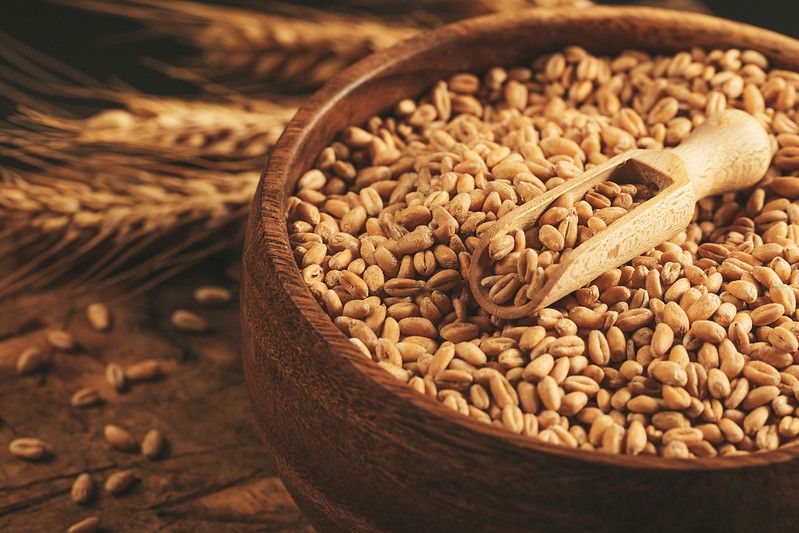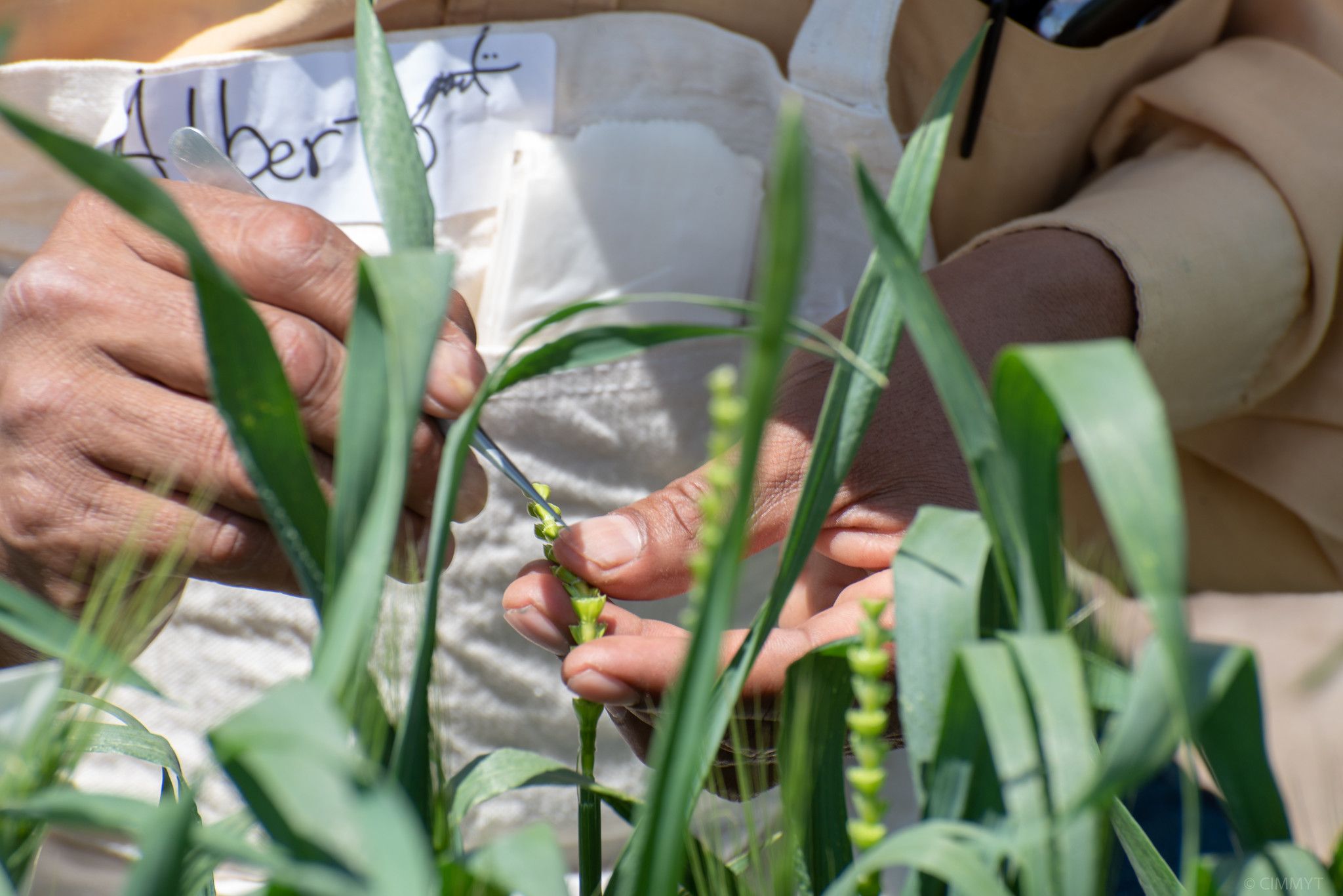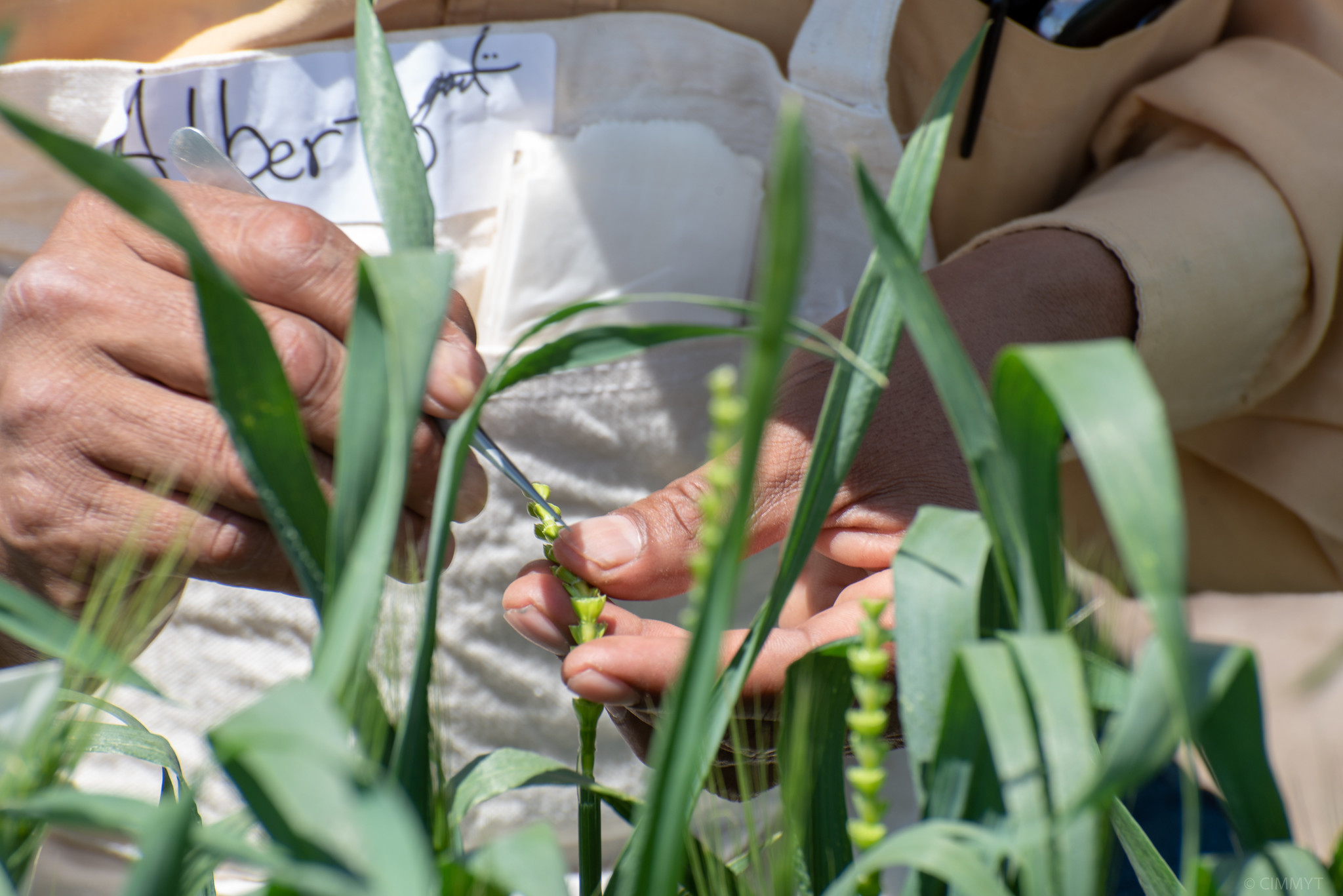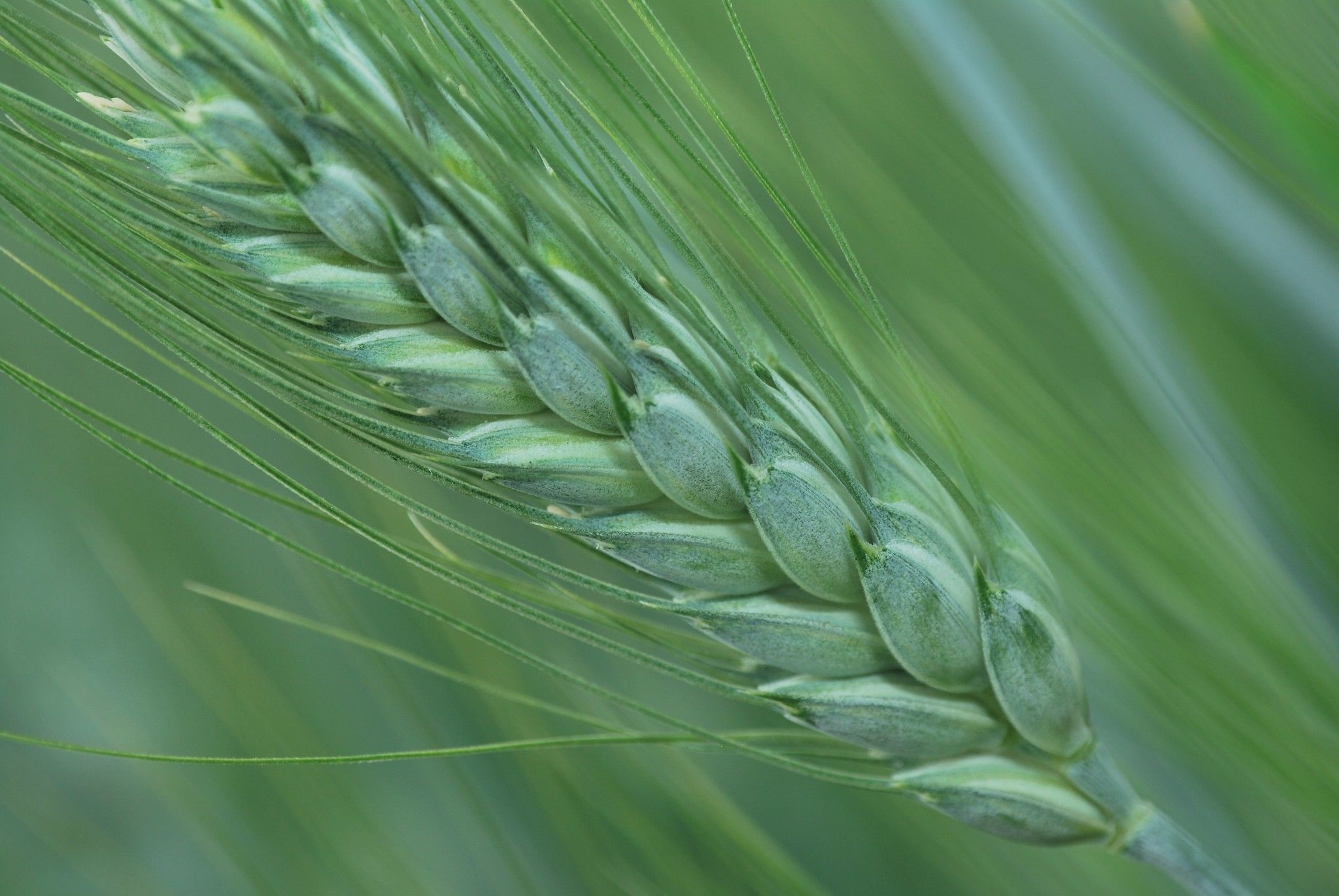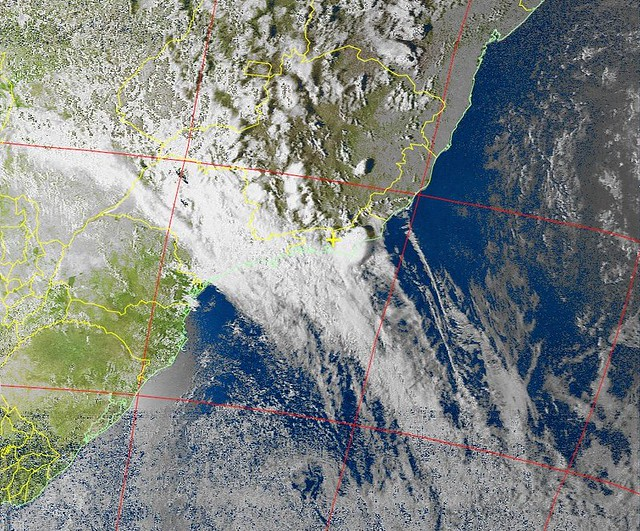In 2017, a call for proposals from Copernicus Climate Change Service Sectoral Information Systems led the International Maize and Wheat Improvement Center (CIMMYT to collaborate with Wageningen University, the European Space Agency (ESA), and other research and meteorological organizations to develop practical applications in agricultural and food security for satellite-sourced weather data.
The project, which recently ended, opened the door to a wide variety of potential uses for this highly detailed data.
ESA collects extremely granular data on weather, churned out at an hourly rate. CIMMYT researchers, including Foresight Specialist Gideon Kruseman, reviewed this data stream, which generates 22 variables of daily and sub-daily weather data at a 30-kilometerlevel of accuracy, and evaluated how it could help generate agriculture-specific weather and climate data sets.
“For most people, the reaction would be, ‘What do we do with this?’ Kruseman said. “For us, this is a gold mine.”
For example, wind speed — an important variable collected by ESA satellites — is key for analyzing plant evaporation rates, and thus their drought tolerance. In addition, to date, information is available on ideal ago-climatic zones for various crop varieties, but there is no data on the actual weather conditions during a particular growing season for most sites.
By incorporating the information from the data sets into field trial data, CIMMYT researchers can specifically analyze maize and wheat cropping systems on a larger scale and create crop models with higher precision, meaning that much more accurate information can be generated from the trials of different crop varieties.
The currently available historic daily and sub-daily data, dating back to 1979, will allow CIMMYT and its partners to conduct “genotype by environment (GxE)” interaction analysis in much higher detail. For example, it will allow researchers to detect side effects related to droughts and heat waves and the tolerance of maize and wheat lines to those stresses. This will help breeders create specific crop varieties for farmers in environments where the impact of climate change is predicted to be more apparent in the near future.
“The data from this project has great potential fix this gap in information so that farmers can eventually receive more targeted assistance,” said Kruseman.
These ideas are just the beginning of the agricultural research and food security potential of the ESA data. For example, Kruseman would like to link the data to household surveys to review the relationship between the weather farmers experience and the farming decisions they make.
By the end of 2019, the data will live on an open access, user-friendly database. Eventually, space agency-sourced weather data from as far back as 1951 to as recent as five days ago will be available to researchers and weather enthusiasts alike.
Already CIMMYT scientists are using this data to understand the potential of a promising wheat line, for seasonal forecasting, to analyze gene-bank accessions and for a statistical analysis of maize trials, with many more high-impact applications expected in the future.
